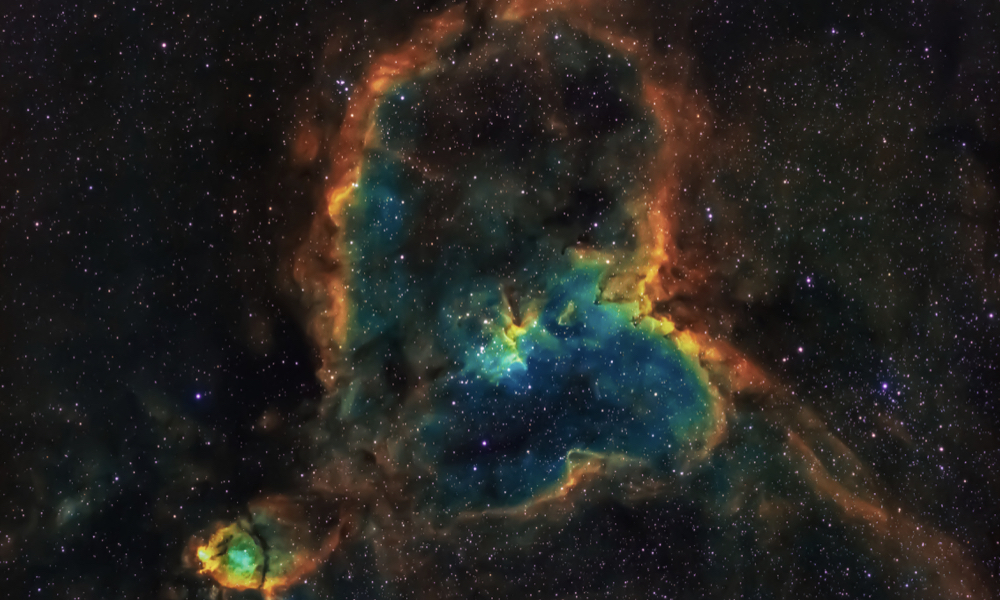
ESA Open Invitation to Tender AO10498
Open Date: 10/12/2020
Closing Date: 11/03/2021 13:00:00
Status: ISSUED
Reference Nr.: 20.1TF.08
Prog. Ref.: 5G-Other Act. Prod&T
Budget Ref.: E/0534-03A – 5G-Other Act. Prod&T
Special Prov.: AT+CA+CH+CZ+DE+DK+ES+FI+GR+HU+IE+IT+LU+NO+PT+RO+SE+GB
Tender Type: C
Price Range: > 500 KEURO
Products: Satellites & Probes / System Engineering Software / Environment Models and Computational Tools / Radiation belts, Solar energetic particles, Galactic cosmic rays, ¿
Technology Domains: Electromagnetic Technologies and Techniques / Wave Interaction and Propagation / Wave Propagation
Establishment: ESTEC
Directorate: Directorate Telecom & Integrated Applica
Department: Telecom Technologies,Product&Systems Dep
Division: Future Projects Division
Contract Officer: Rinaudo, Nicole
Industrial Policy Measure: N/A – Not apply
Last Update Date: 10/12/2020
Update Reason: Tender issue
The objective of the activity is to develop a wideband (>100MHz) channel model for NGSO land mobile services in Ka-band. The activity will carry out a propagation campaign, derive the channel model and implement it in a software simulator. The experimental data will also be used to validate channel models considered by 3GPP for 5G satellite links and propose improvements accordingly. Targeted Improvements: Enabling suitable and performing satellite solutions for 5G. Enabling broadband land mobile services in Ka-band. Description: Broadband satellite services in Ka-band have mostly focused on GEO and fixed users. Technologies like DVB-S2(X) were developed for this use case yet they have been successfully adapted to serve others such as aeronautical and maritime. However, land mobility entails different technical challenges, especially from NGSO, that render existing solutions unsuitable and require specific developments not possible today due to the lack of a suitable channel model. Narrowband and wideband land mobile satellite channel models exist for frequencies below 6 GHz, but they cannot be extrapolated to Ka-band because of the different propagation conditions and/or the class of user terminals (in terms of antenna gain). Models at Ka-band also exist, but they address fixed users with highlydirective antennas making them lack critical propagation phenomena present in mobility scenarios. Hence, a specific channel model needs to be developed. A first candidate emerged in 3GPP as part of the technical work on Non-Terrestrial Networks for 5G and set outin 3GPP TR 38.901 V15.0.0 (2018-06). This model, which was originally conceived for terrestrial 5G mobile communications in Frequency Range 2 (26, 28 and 39 GHz) and users with omnidirectional antennas, is being used in 3GPP to derive the performance of satellitelinks at Ka-band, despite not being validated for this purpose. This undermines the credibility of its results and raises concerns as itis the base on which the satellite integration in 5G is being built upon. To bridge these gaps, this activity will develop a wideband channel model for NGSO land mobile satellite services in Ka-band. To this end, the activity will carry out a propagation campaignwith a wide carrier (>100MHz) in the lower Ka-band (20 GHz). The campaign may be done using airborne platforms, towers, available NGSO capacity or GSO transponders at different elevation angles. The experimental data will be used to derive and validate the channel model that will be implemented in a software simulator. Given the similar propagation properties up to 30 GHz (i.e., uplink transmission band), the activity will use the data to validate and improve the channel model currently being used in 3GPP for 5G satellitelinks. The recommended satellite channel model will be presented in 3GPP for adoption.
If you wish to access the documents related to the Invitation to Tender, you have to log in to the ESA Portal.
